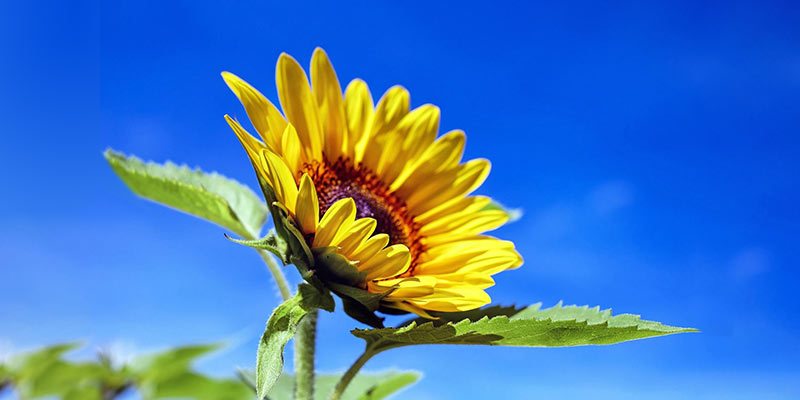
Governments are taking a great focus on air pollution — and inevitably, it’s becoming a greater problem. For example, the Guardian reported earlier this year that London had hit the legal limit of air pollution for the whole of the year in less than a month. According to the same report, around 40,000 deaths are caused every year by the staggering levels of air pollution in urban areas in the UK.
If you reside in a highly populated city, it’s probably a rising concern for your community. But what can you do to protect yourself and help out your area? Get out your trowel and come with us, as we join Compost Direct, suppliers of compost bags, and venture into the garden to find out the best air-cleaning plants you can grow right now.
The help of Gerbera Daisies
There’s many steps you can take to help the air. A recent study by NASA has provided a few colourful blooms for gardener’s keen to clean the air. Coming in a wide range of colours, gerbera daisies are a popular choice for your garden space. These flowers love direct sunlight and a bit of space, so make sure not to leave them in a shady corner of your garden.
As well as this, it’s been found that these flowers can help combat air toxins.
The help of English Ivy
This unique plant can climb the walls of your house. Though it has a bad reputation in the States as being a weed, it can be a lovely addition to your garden if tended to. The plant offers benefits for wildlife and for the air – Goldsmiths, University of London, states that the wide leaves of the common ivy traps particulates, which makes it a great choice for purifying the air.
The help of the Wallflower
Have you considered introducing the wallflower to your garden? Goldsmiths also names this plant as being akin to the common ivy for its particulate-cleansing power. These flowers have a bright display of petals during the first half of the year. You can grow wallflowers in many colours, with purple and yellow popular choices.
The help of Conifers
You may be surprised to hear that hedges are perfect for combatting any type of air pollution. Specifically, the western red cedar hedge is named as an idea conifer to plant in your garden. But if your garden is a little smaller, the publication also names the yew as a great alternative, citing its evergreen nature and easy trimming.
Common garden practices
If you’re looking to make your garden greener, there’s more that you can do then just plant some flowers! You have to consider how you are tending to your garden as well:
Start composting. You can turn many waste products into compost to stop it going to the landfill.
Avoid corn gluten meal. SmilingGardener notes this meal is made up from genetically modified corn, so best to stay away from using it, if possible.
Quiet equipment. This one’s more for noise pollution, but it’s certainly an added bonus for the pollution-conscious gardener to take note of!
Stay away from using pesticides. This one is probably a given, but if you can avoid using chemicals on your garden, please do.
Consider indoors as well as outdoors. As well as planting outdoor plants to combat air toxicity, consider bringing in some houseplants to cleanse the air in your home.
Sources:
https://www.smilinggardener.com/introduction/5-unique-ways-to-decrease-pollution/
https://www.gold.ac.uk/news/phyto-sensor/
https://www.homesandproperty.co.uk/home-garden/gardening/clean-air-save-your-home-from-harmful-pollution-with-clever-garden-hedge-choices-a114961.html
https://www.greenpeace.org.uk/reduce-your-exposure-to-air-pollution/
http://www.itv.com/news/london/2016-10-12/how-london-is-embracing-the-vertical-garden-or-living-wall/
https://www.telegraph.co.uk/gardening/howtogrow/11035106/Green-walls-how-to-grow-a-garden-vertically.html
https://www.theguardian.com/uk-news/2018/jan/30/london-reaches-legal-air-pollution-limit-just-one-month-into-the-new-year
https://www.gardeningknowhow.com/ornamental/flowers/gerbera-daisy/growing-gerbera-daisies.htm
https://en.wikipedia.org/wiki/Hedera_helix
http://www.bbc.co.uk/gardening/plants/plant_finder/plant_pages/11278.shtml
http://www.bbc.co.uk/gardening/plants/plant_finder/plant_pages/25.shtml
